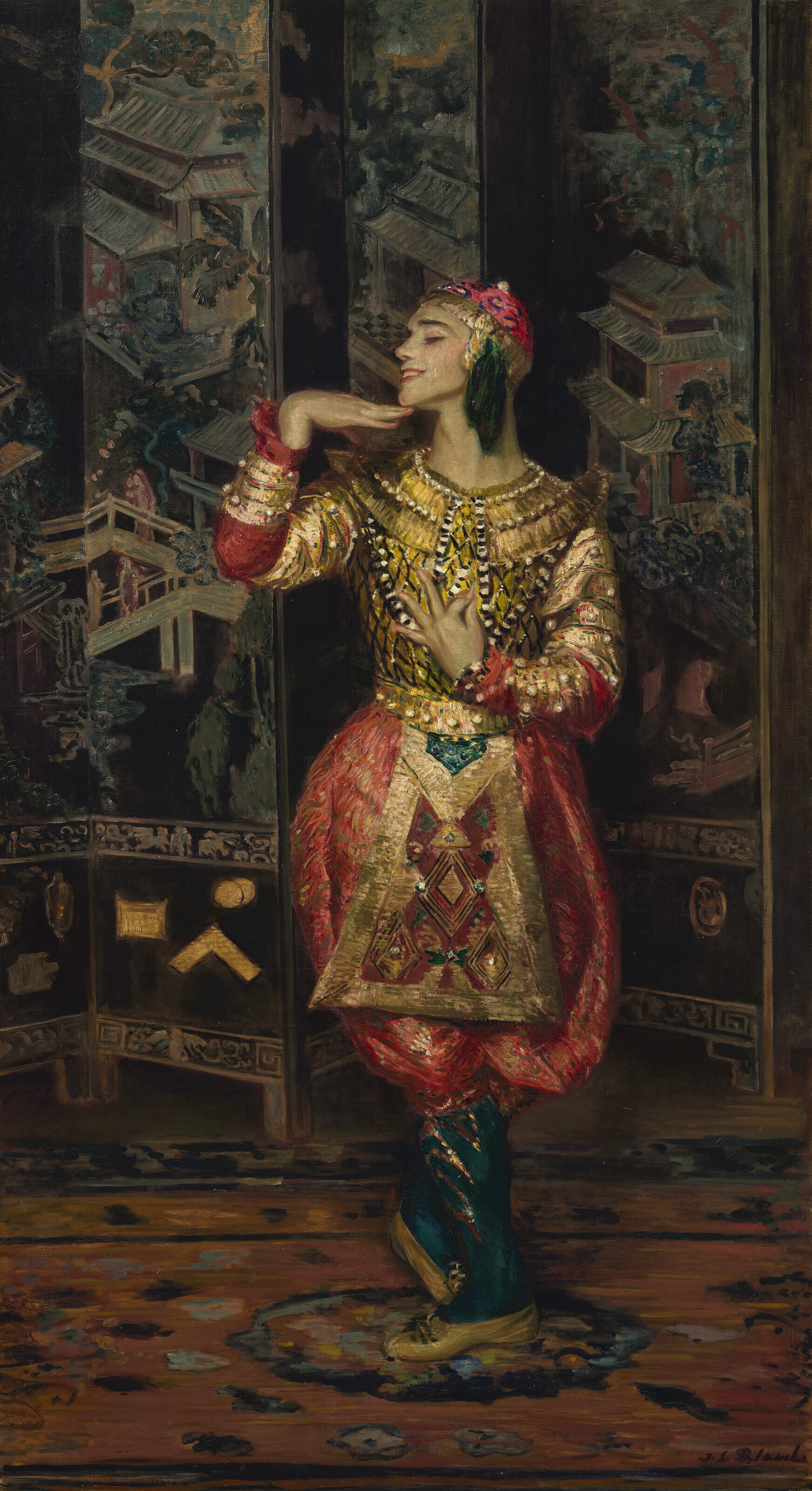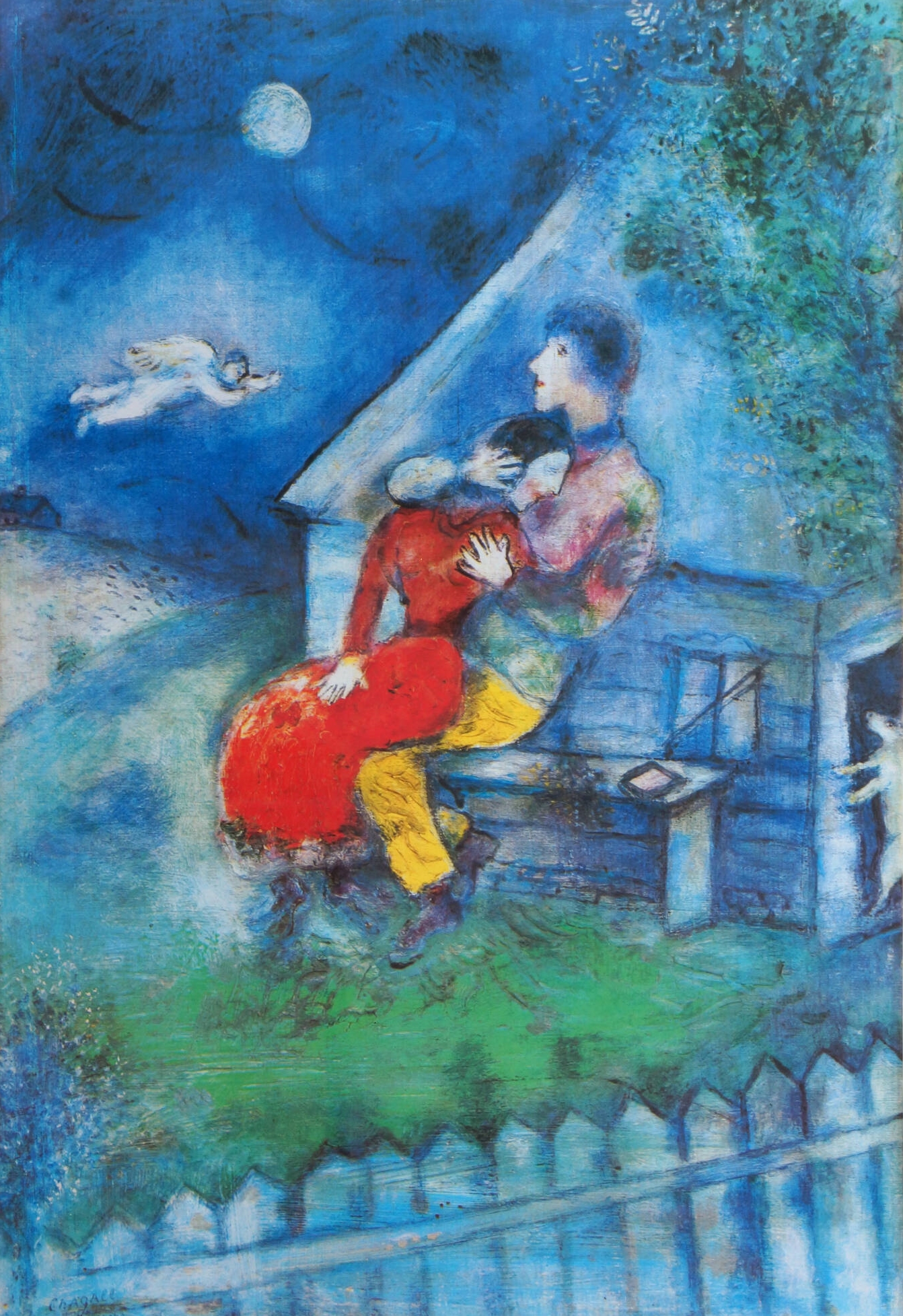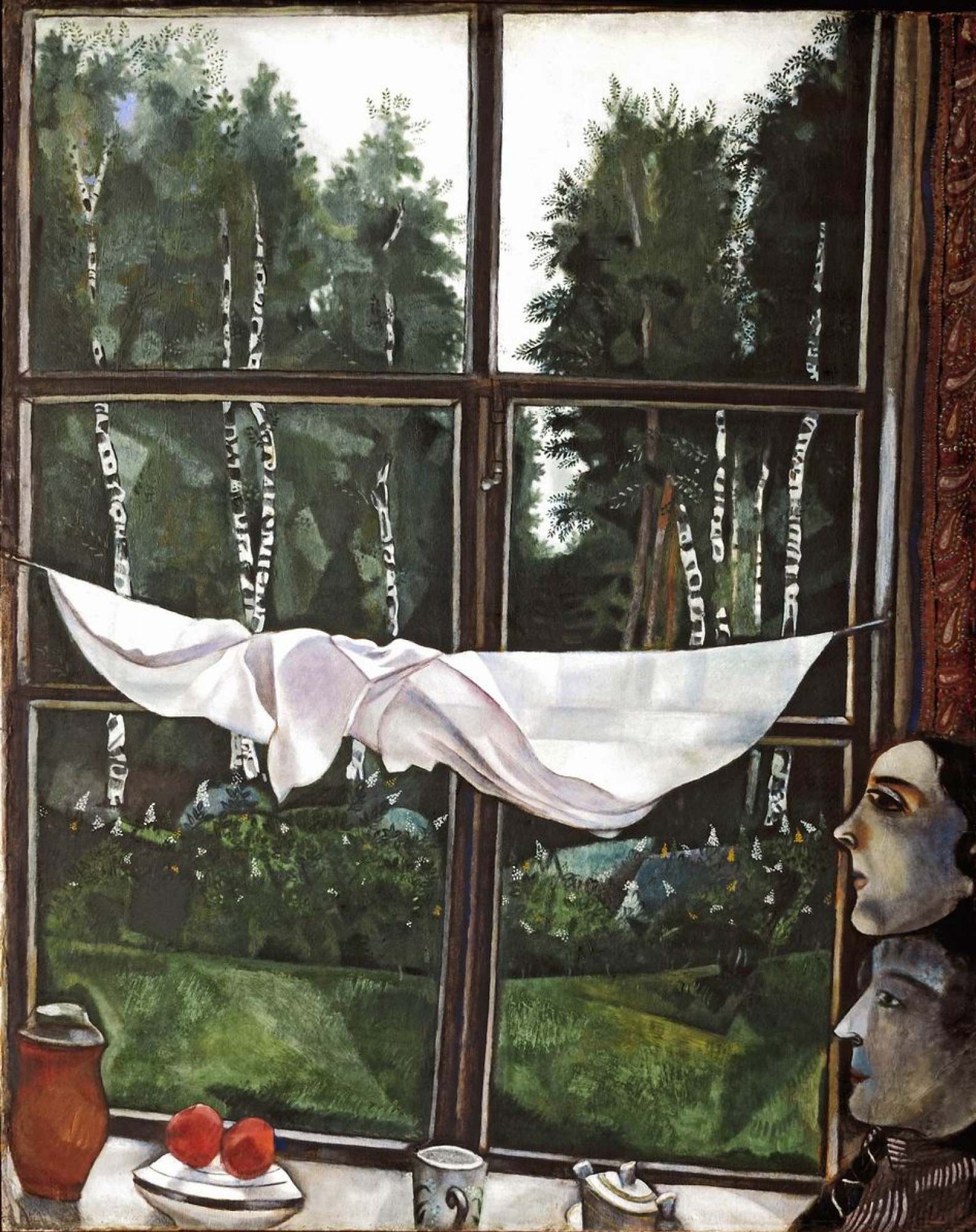• "La vita è breve e non abbiamo mai troppo tempo per allietare i cuori di coloro che stanno percorrendo il viaggio oscuro con noi. Oh, sii veloce ad amare, affrettati ad essere gentile"!
• "Life is short and we have never too much time for gladdening the hearts of those who are traveling the dark journey with us. Oh, be swift to love, make haste to be kind"!
Michel Hendrich | Transmission







